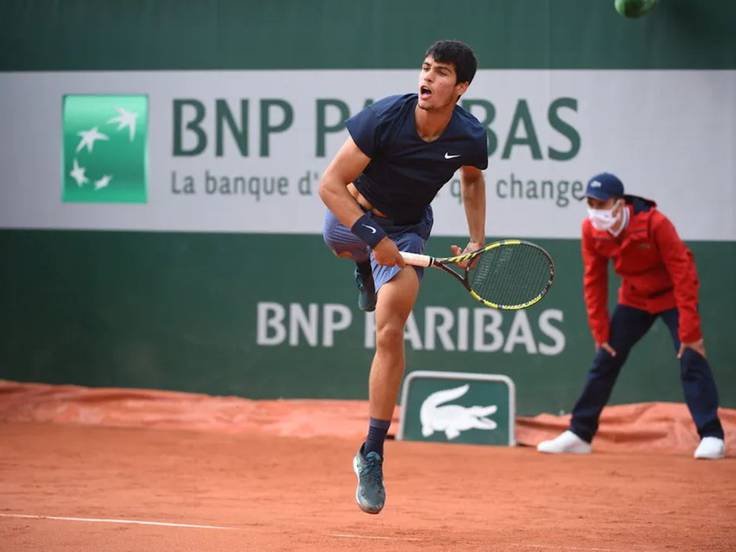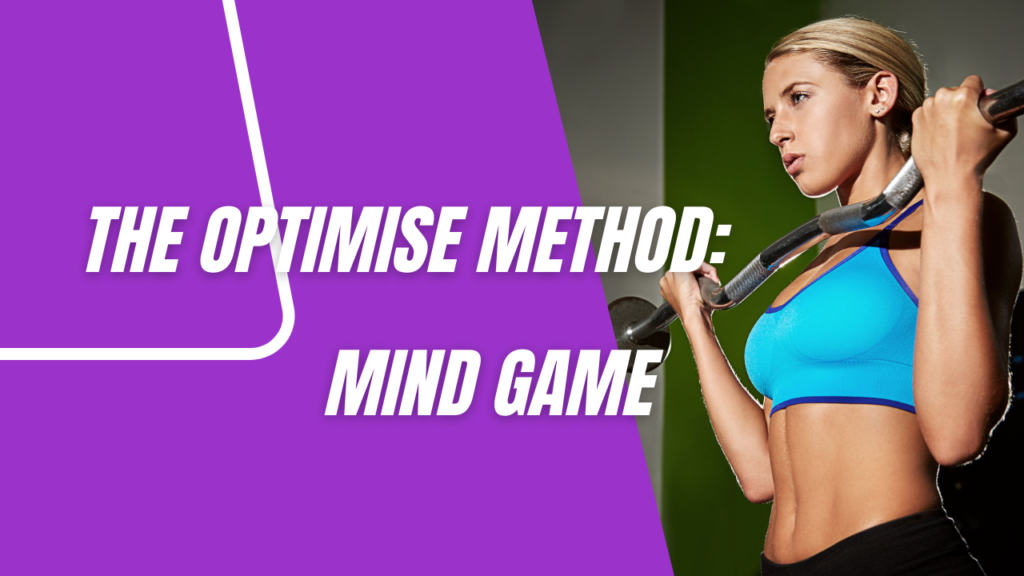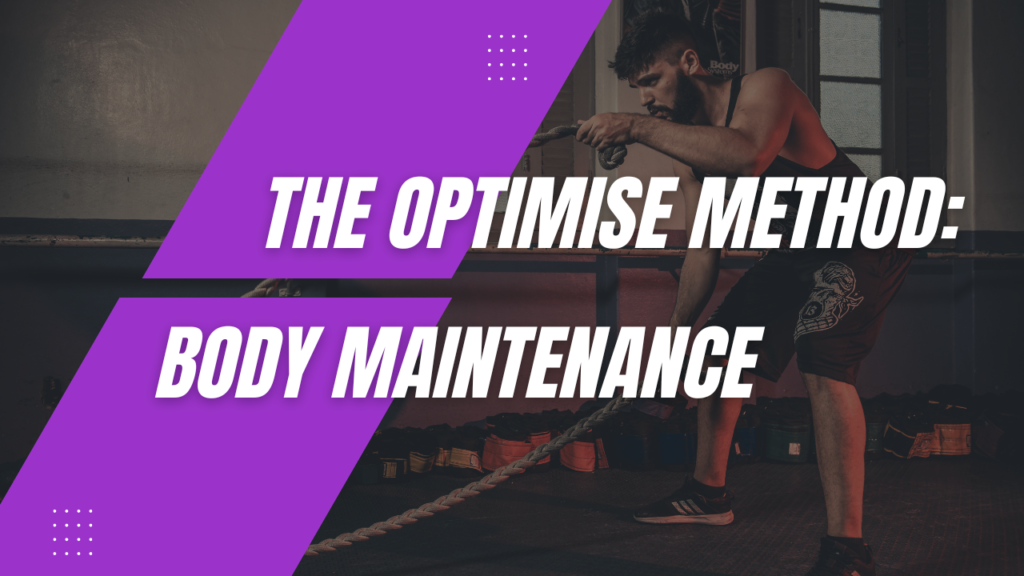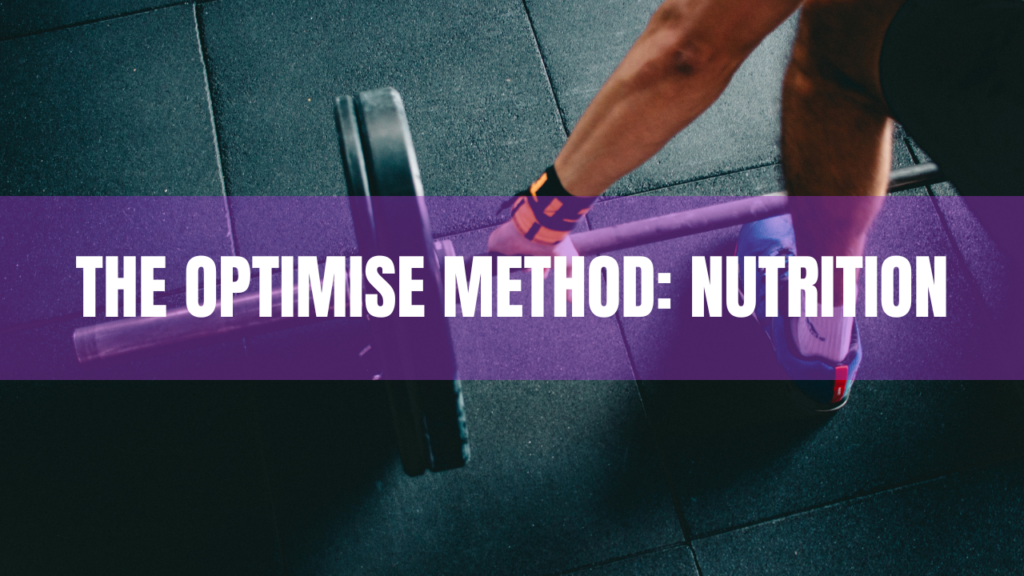I have written extensively in a number of different posts on fitness as it relates to sport. I hold a Masters degree in exercise science and I’m a tennis player so its natural I think a lot about my personal fitness for a sport I love to play. My Masters thesis was written on rugby fitness, a sport I also love and played a lot previously. I found that as I researched rugby fitness and drilled down into the fundamentals around specific movement patterns and energy development pathways, it became obvious there was significant crossover in both areas to a variety of sports. In fact it dawned on me that as athletes playing sport we need to tick certain athletic boxes no matter what we play.
Physically and fundamentally as humans we have 2 energy pathways and 7 movement patterns.
In my fitness studio on the island of Phuket, every new client firstly undertakes an assessment designed to determine capabilities in the 7 patterns. We also assess cardiovascular fitness (energy development). There are baselines in both for everyone no matter what goals we’re interested in pursuing sport-wise or fitness and health-wise.
If you wish to be competitive and advance your game, you must have at least a baseline capability in the 9 areas I have highlighted above. Many do not understand this fundamental principle and obviously it applies to all sports (and athletic pursuits) not just tennis.
So forget “specific” tennis fitness until you have achieved baseline athletic capability. You can practice your game until the cows come home but unless you are addressing fitness fundamentals there will be several consequences.
It should also be noted that ingraining specific movement patterns, which all sports require for competency, is a necessary component of training. However these patterns need to balanced with complementary patterns that keep the kinetic chain healthy otherwise chronic injuries can occur. And as as aside to this I do not condone weighted tennis racquets and golf clubs, for instance. These are flawed training aids that over recruit motor units in the joints and muscle tissue completely disrupting your swing pattern whether tennis or golf (or baseball and softball for that matter).
A negative consequence of not building baseline athletic capability is you will get injured and once you’re injured and don’t properly address it, the injury will return and it will compound over time. A further consequence is compensatory movement patterns occurring if you try to return to sport too quickly. “He just blew out the other knee” (or calf, or shoulder) happens frequently because the originally injured muscle or joint is unable to function correctly overloading the opposite one resulting in another, same but different injury.
Other than injury prevention, “fundamental” athletic strength and conditioning (S&C) is the other box that needs ticking prior to engaging in sport specific S&C.
Mel Siff coined a term that applies to this process and it is, “general physical preparedness” or GPP for short. For instance most frequent CrossFitters are in pretty good general shape which is the purpose of this training modality. The basics of GPP are –
- Muscular strength and dynamism
- Joint mobility, strength and resilience
- Dynamic core and rotational strength
- Balance and agility
- Anaerobic capability (many people have ok levels of aerobic capability but tire very quickly during anaerobic work)
A comprehensive list for sure but a skilled practitioner can engage you in all of these quickly, purposefully and safely.
Once you are on the path with these, work that is more specifically geared towards tennis performance can gradually be introduced meaning you get injured less if at all, your game levels up and day to day recovery improves.
This science-based training methodology will mean you are not wasting your time in the gym, time being a commodity we cannot afford to waste, any moment in our lives! Plus and as covered previously, injuries will rarely occur and if they do you will bounce back quickly. And most importantly you will hit the ball harder, make less errors, move more quickly and recover between points much more efficiently.





